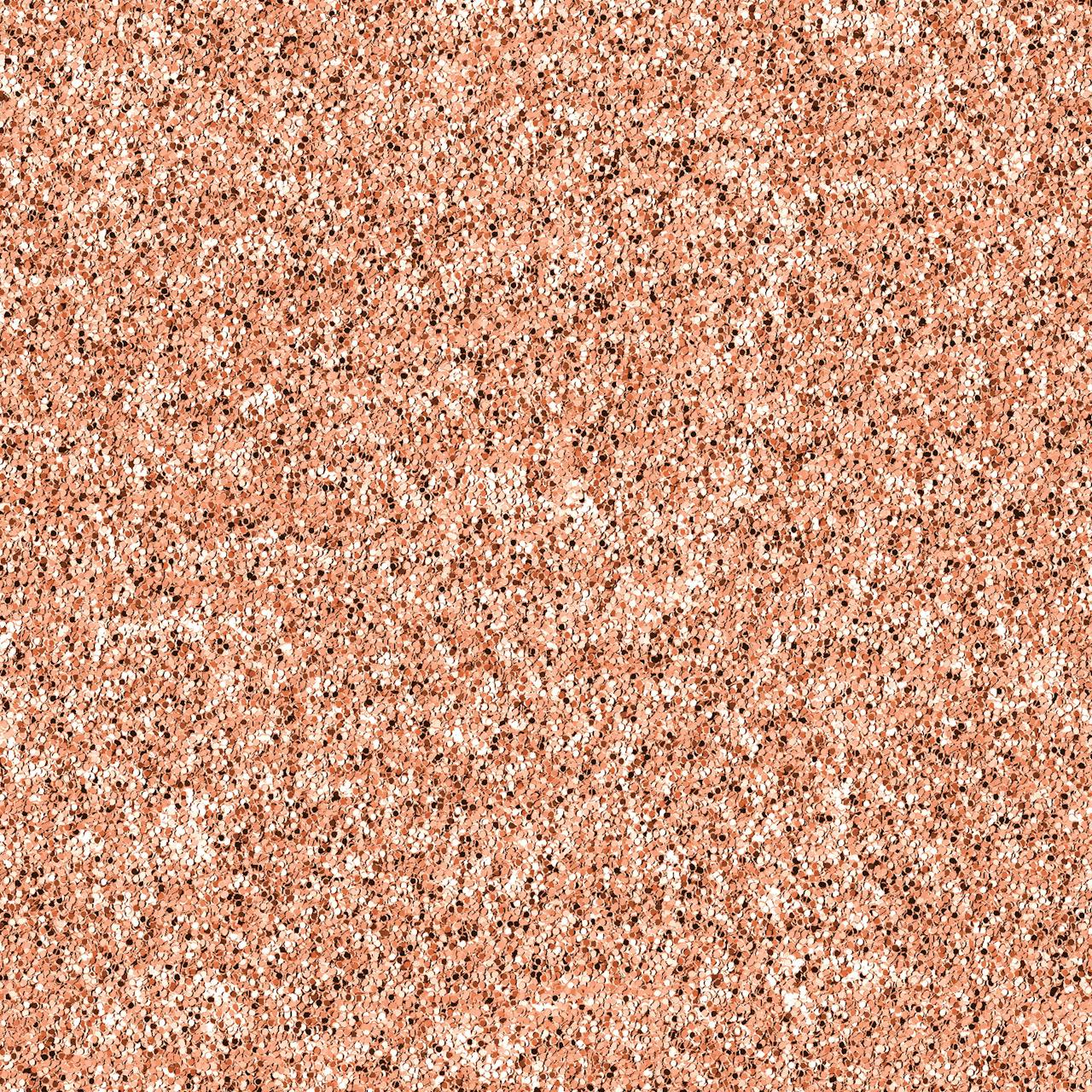
Interior texture coating is more than just a trend; it’s a powerful design tool that can completely transform indoor spaces. Whether you’re aiming to add depth, interest, or a modern touch to your interiors, textured coating offers a variable solution.
In this article, we’ll explore how textured coating can revamp your home, focusing on modern texture designs, interior wall textures, and living room textures.
It isn’t just about beauty; it also offers practical benefits such as durability, protection, and insulation. Unlike flat paint, textured coating can mask imperfections on walls and add a tactile quality that enhances the overall atmosphere of a room.
From subtle patterns to bold designs, textured coating can be customized to suit any style.
Applying texture coating requires skill and precision. Different techniques can achieve different effects, so it’s important to choose the right one for your desired outcome. Here are some popular techniques used in textured coating:
Troweling: A common method where the texture is applied using a trowel, creating a smooth or rough finish depending on the pressure and movement.
Sponging: This technique involves dabbing the texture onto the wall with a sponge, resulting in a soft, stippled effect.
Brushing: For a linear texture, brushes can be used to create stripes or other patterns on the surface.
It isn’t just about looks; it also provides several functional benefits that make it a smart choice for interiors.
Durability: Textured coatings are more resistant to wear and tear than traditional paint, making them ideal for high-traffic areas.
Sound Insulation: The additional layer of material can help reduce noise, creating a more peaceful environment.
Moisture Resistance: Some textured coatings offer enhanced resistance to moisture, making them suitable for bathrooms and kitchens.
When selecting a textured coating, consider the overall style of your home, the room’s purpose, and the existing decor. For a modern home, sleek finishes like metallic or geometric textures might be ideal. In contrast, a more traditional space might benefit from rustic textures like stucco or stone.
One of the most popular uses of textured coating is on interior walls. Interior wall texture can dramatically alter the look and feel of a room. By adding dimension, textured coating can make walls appear more dynamic and engaging. There are various techniques to achieve different effects, from rustic to sleek modern designs.
Stucco Finish: A traditional choice, stucco adds a rough, uneven surface that exudes warmth and character.
Knockdown Texture: This technique creates a subtle, mottled effect that adds interest without overwhelming the space.
Orange Peel Texture: A finer finish, orange peel provides a slightly rough surface that’s still smooth enough for modern interiors.
For those looking to create a latest vibe, modern texture designs offer a range of possibilities. These designs often emphasize clean lines, minimalism, and innovative materials. Modern textured coatings can include metallic finishes, geometric patterns, and even 3D effects that push the boundaries of traditional wall finishes.
Metallic Textures: Using metallic paints in conjunction with textured coatings can give walls a reflective, industrial feel.
Geometric Patterns: Modern design often embraces geometry, and textured coatings can be used to create intricate patterns that add visual interest.
3D Textures: For a truly unique look, consider a 3D texture coating that adds physical depth to the walls, creating a striking feature in any room.
The living room is often the heart of a home, making it the perfect place to experiment with living room textures. A well-chosen texture can become the focal point of the room, drawing attention and adding warmth. From feature walls to subtle accents, textured coating can elevate the design of your living room.
Modulation Walls: Choose one wall to highlight with a bold texture, such as a brick or stone finish, to create a stunning focal point.
Subtle Textures: For a more understated look, select for a light texture that adds just enough interest without dominating the room.
Mixing Materials: Combine textured coating with other materials, such as wood or metal, to create a layered, refined look.
Texture coating can be effectively combined with other design elements to create a compatible look. For example, pairing a textured wall with complementary furniture or decor can enhance the overall look of a room. Consider using textured coating as a backdrop for artwork, mirrors, or even as a contrast to smooth, polished surfaces.
Texture coating is a variable and effective way to transform indoor spaces. Whether you’re looking to add depth, interest, or a modern touch to your interiors, textured coatings offer endless possibilities. From interior wall textures to modern texture designs and living room textures, the right texture can elevate any room, making it both stylish and functional.
1. What are the benefits of using texture coating in interior design?
Texture coating adds visual interest, durability, and insulation to walls, making them more dynamic and functional.
2. How do I choose the right texture for my living room?
Consider your overall decor, desired style, and how bold you want the texture to be. Modulation walls are a great option for living rooms.
3. Can textured coating be applied to any surface?
Textured coating can be applied to most surfaces, but it’s important to prepare the wall properly and choose the right technique for the material.
4. Is texture coating suitable for modern homes?
Yes, textured coating can be used to create sleek, modern designs with innovative finishes like metallics or geometric patterns.
5. How do I maintain textured walls?
Maintenance depends on the type of texture. Some may require regular dusting, while others can be cleaned with a damp cloth. Always follow the manufacturer’s instructions.












